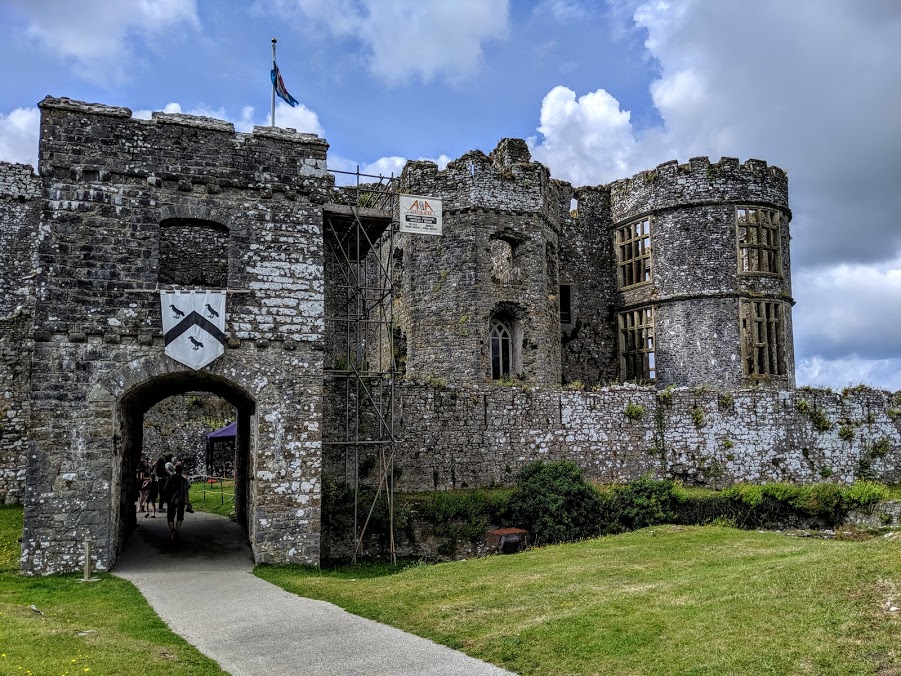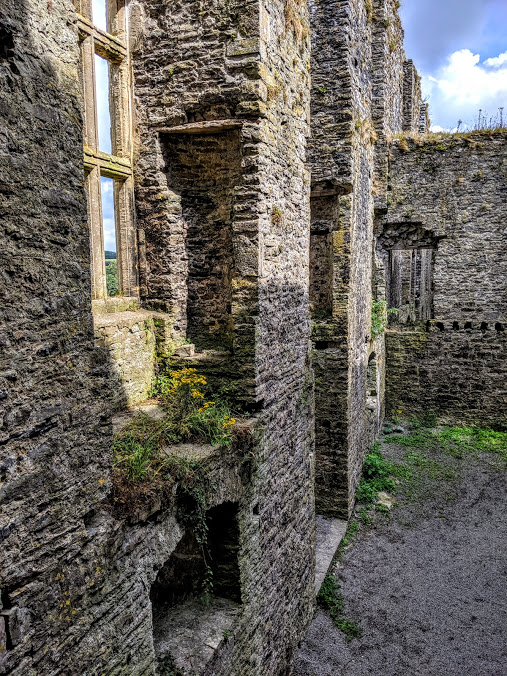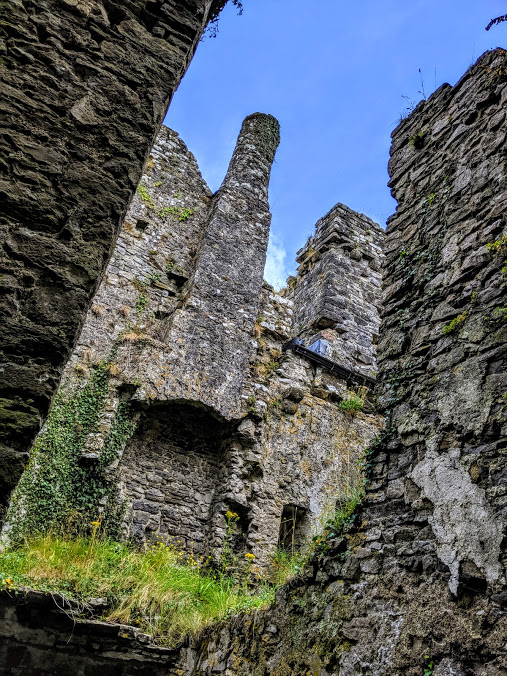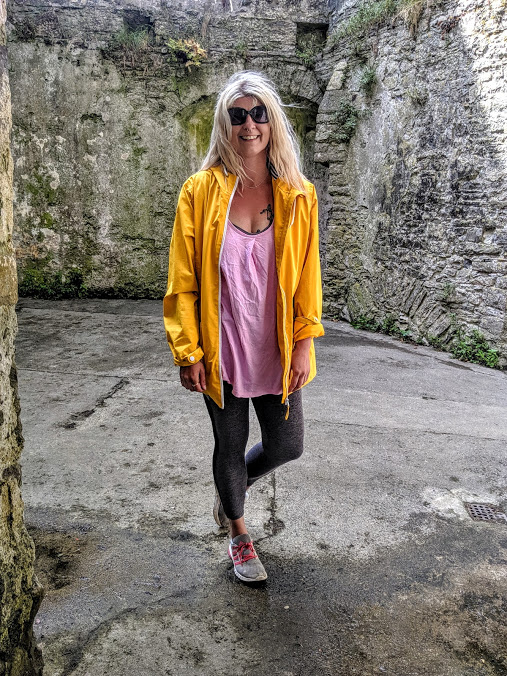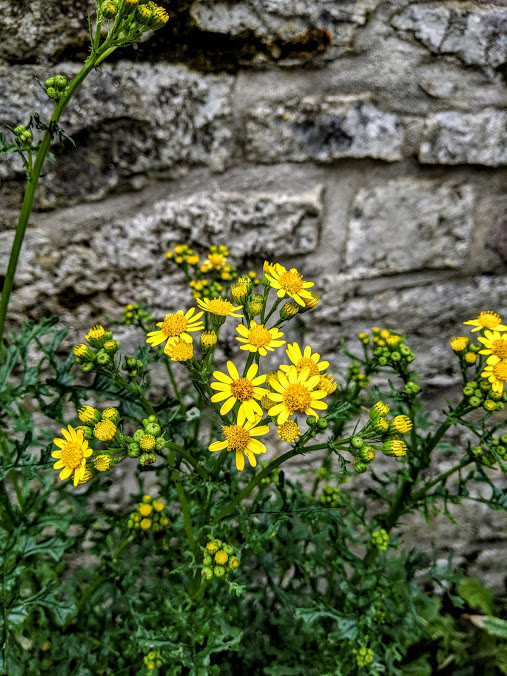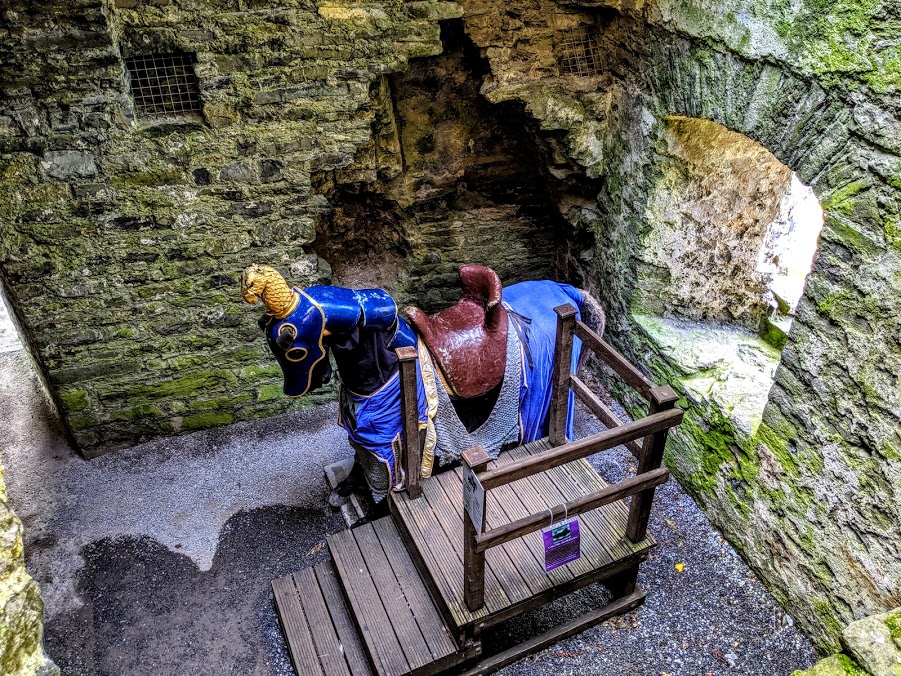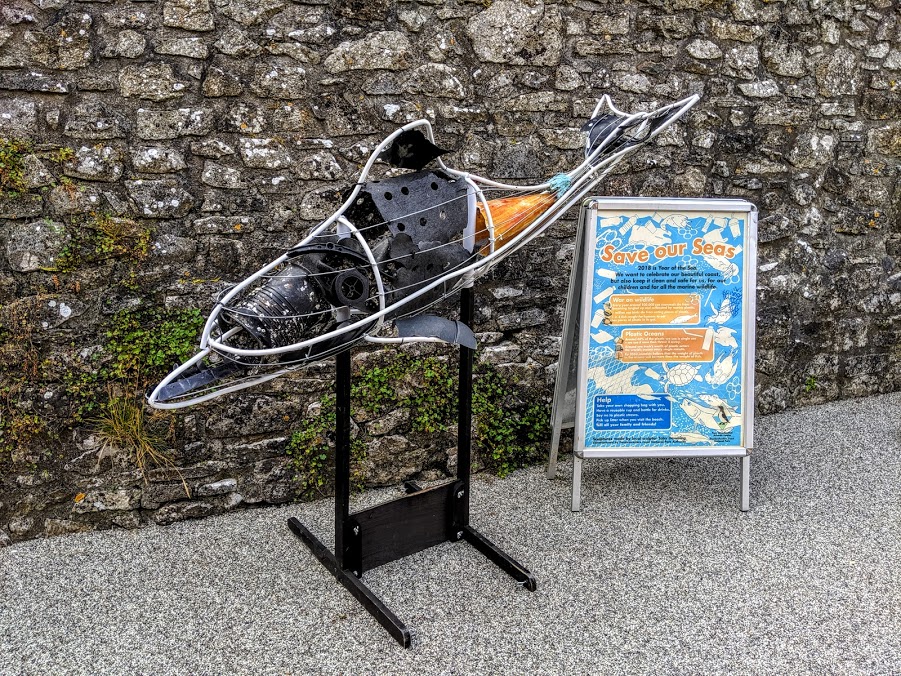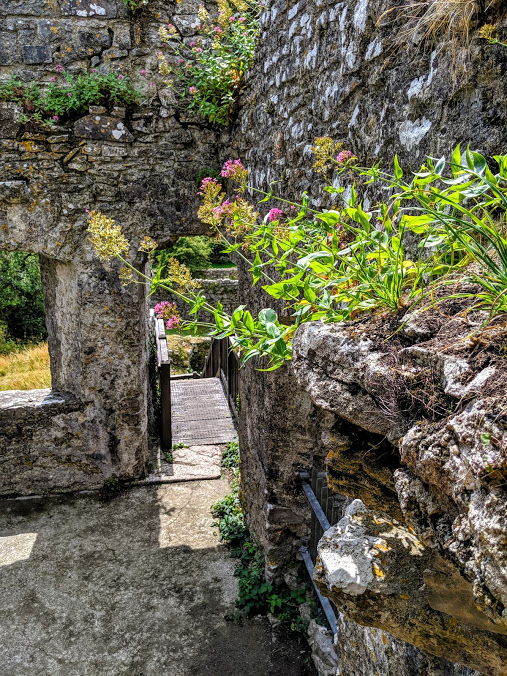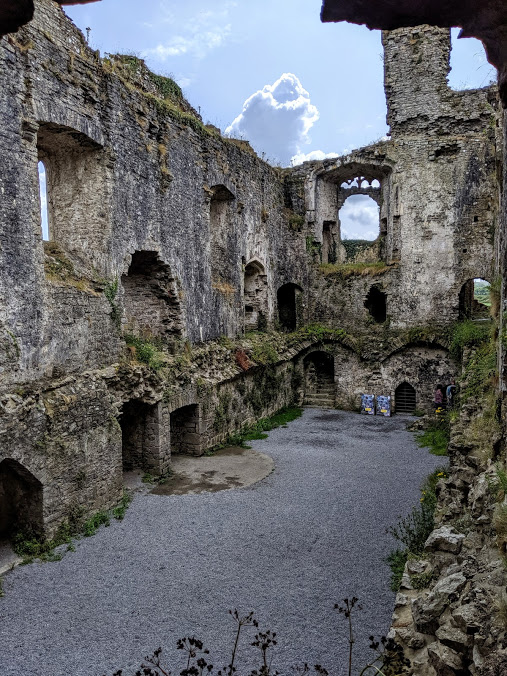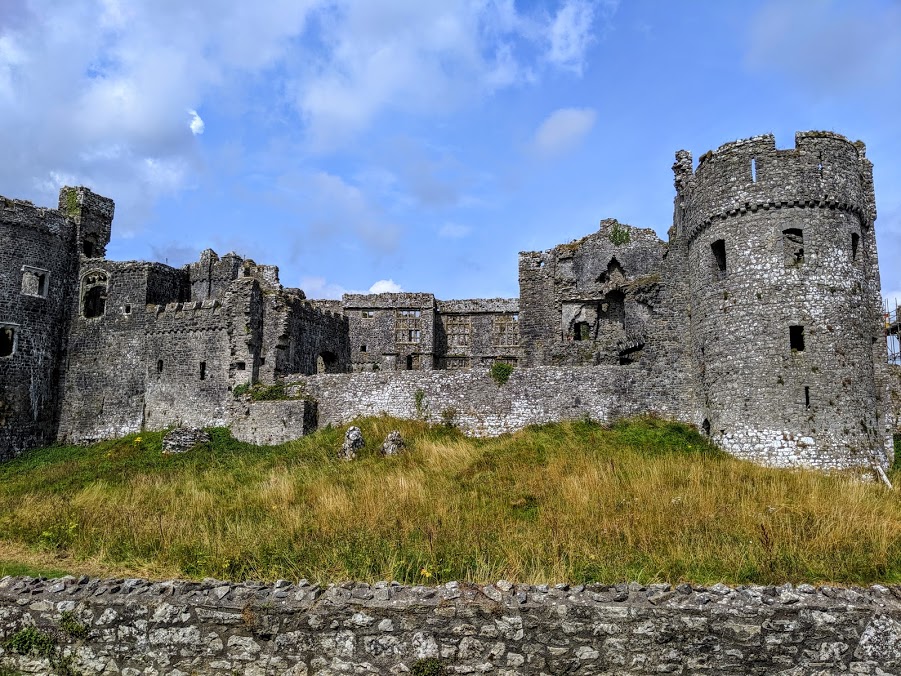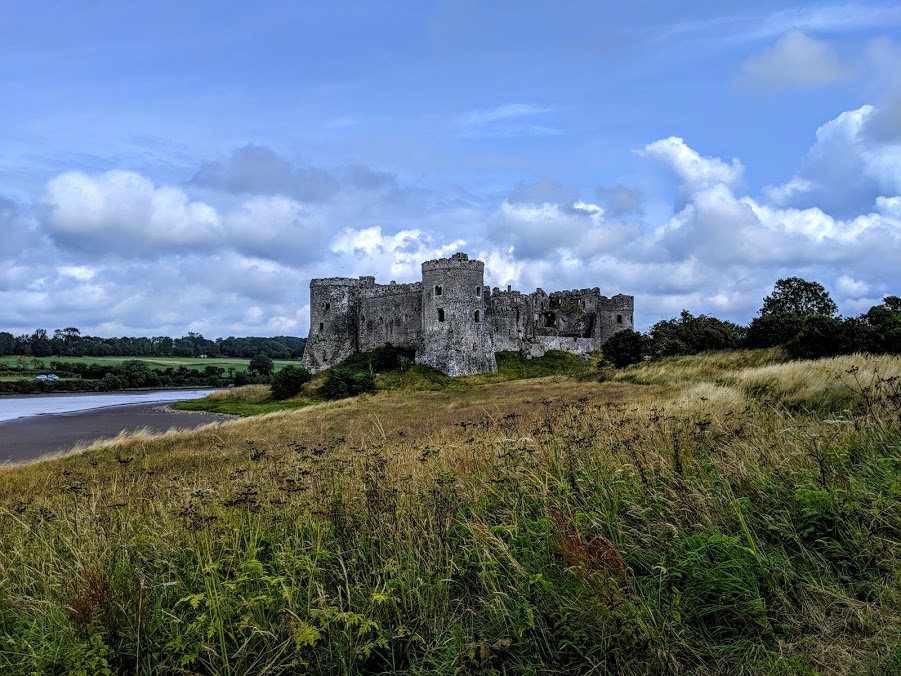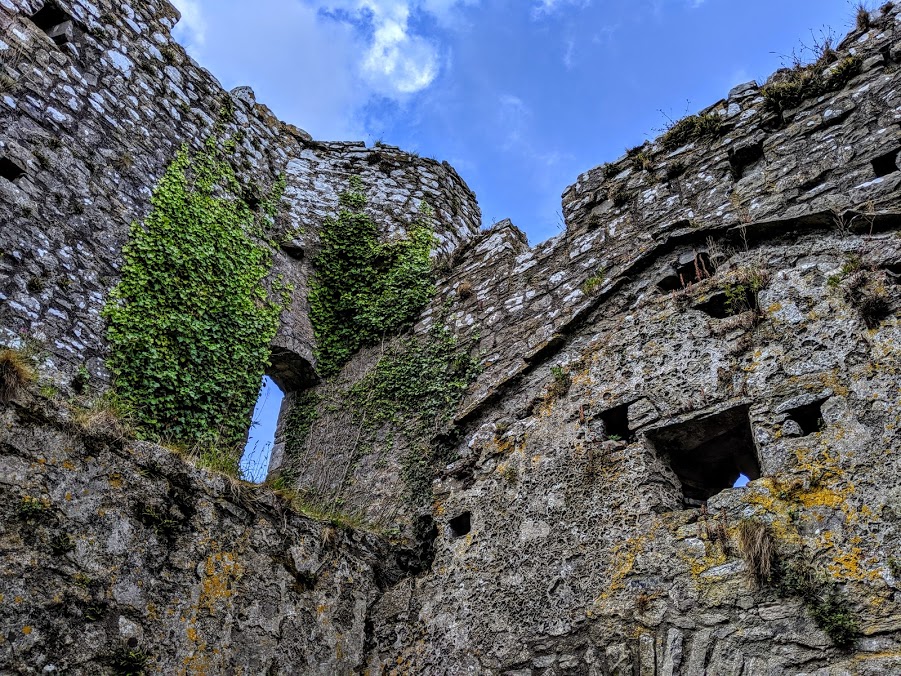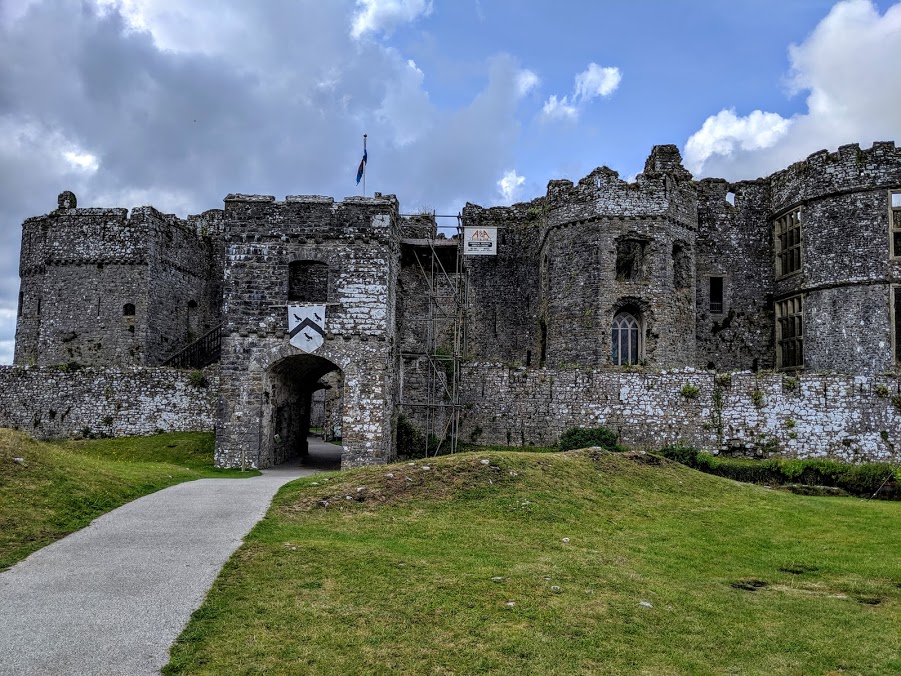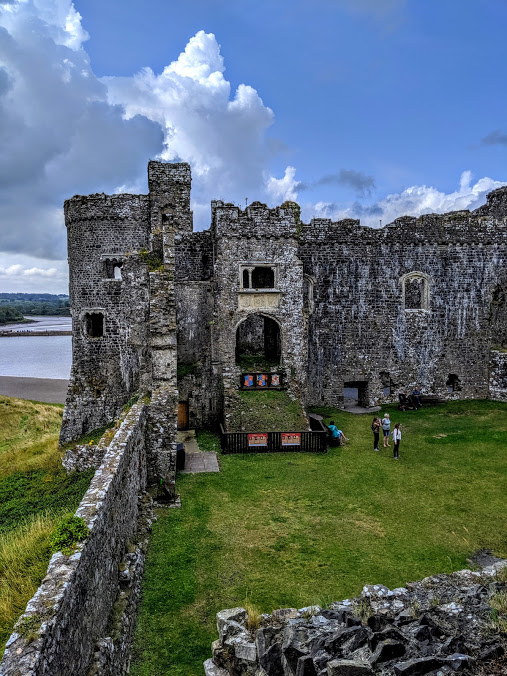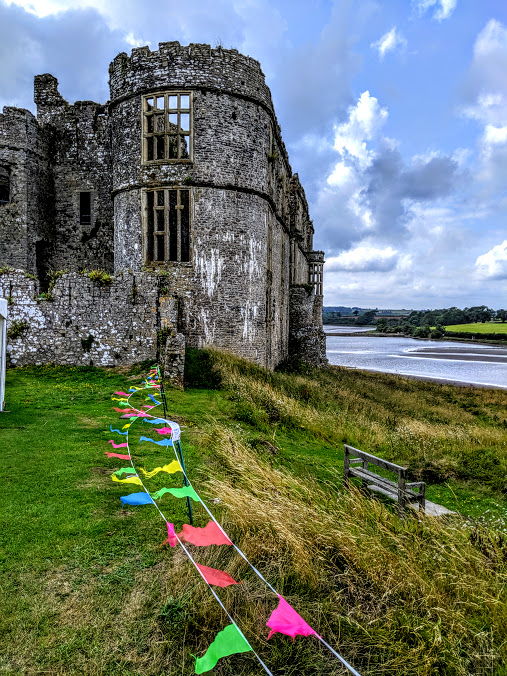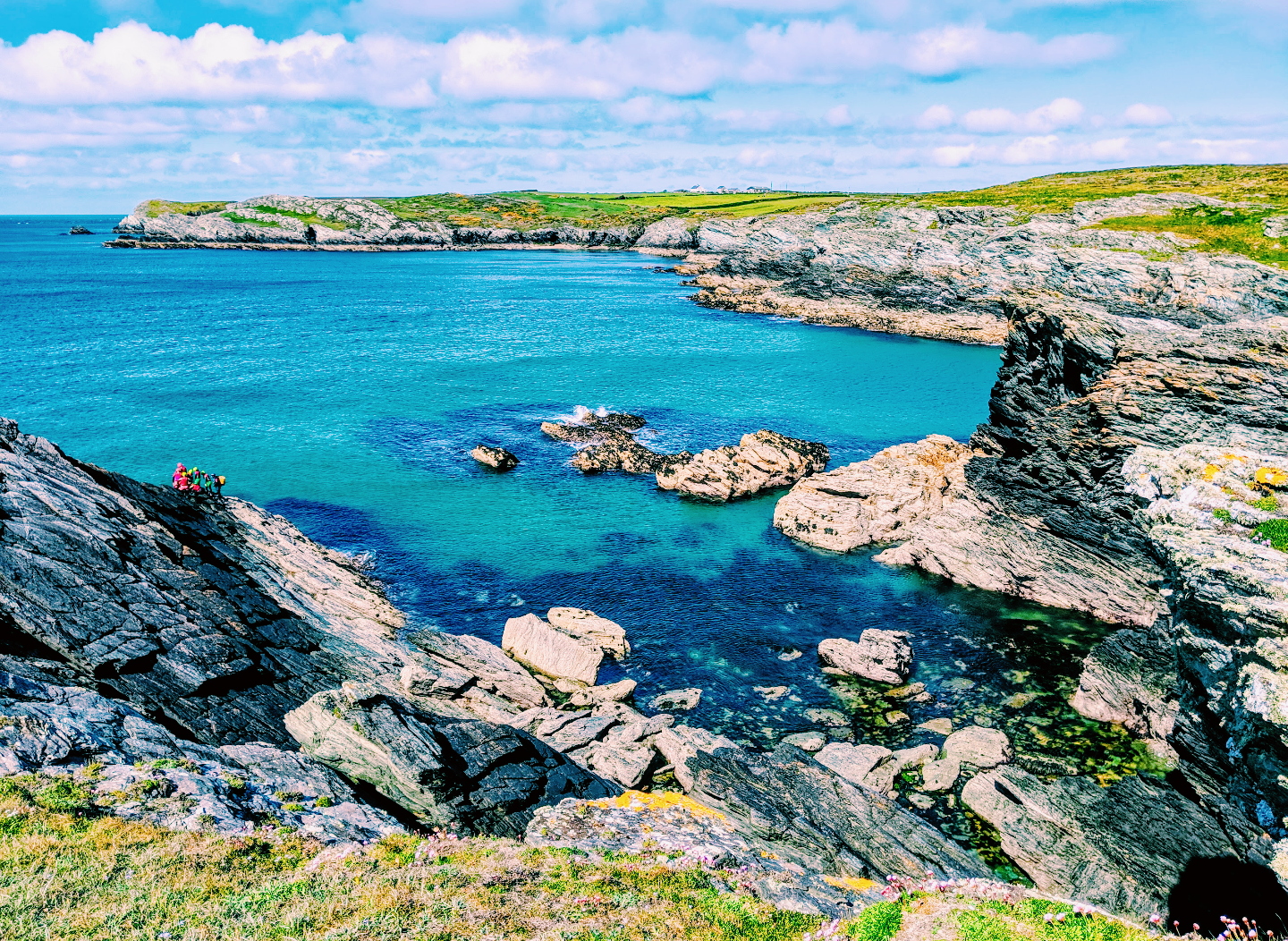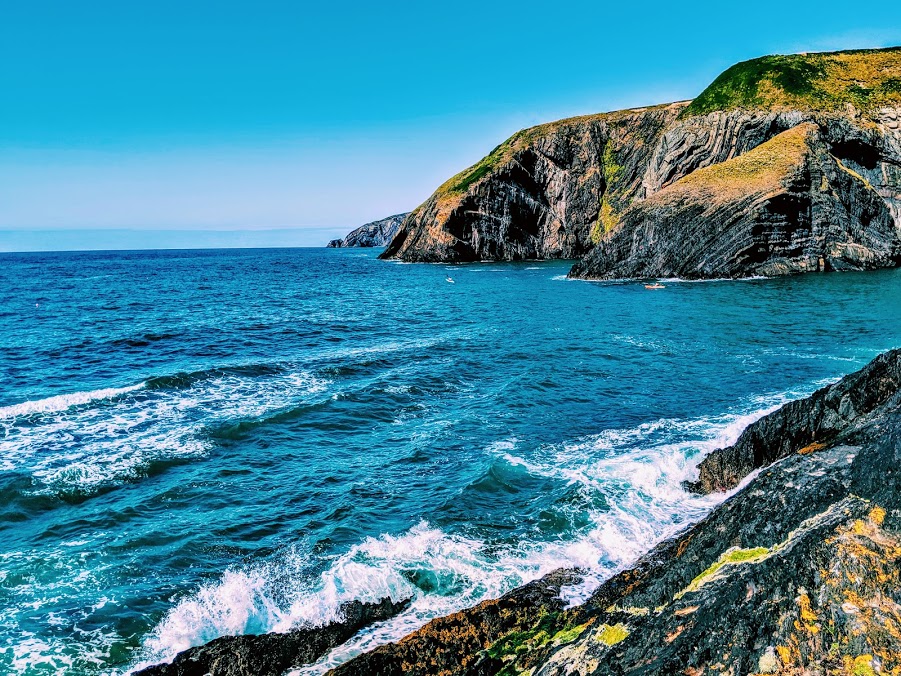“To my mind, the greatest reward and luxury of travel is to be able to experience everyday things as if for the first time, to be in a position in which almost nothing is so familiar it is taken for granted.”-Bill Bryson
During my visit to Pembrokeshire I visited three castle, yes I castle geek and I am not ashamed! So if you aren’t interesting in castles I will forgive you for skipping this post because it is hella heavy on history!
The ruins of Carew Castle stand in majestic splendour on the low banks of the River Carew, near Pembroke. Gerald of Windsor erected a Norman motte and bailey castle here about 1100, building on a still earlier Iron Age fort. It is perhaps odd that the fort was built here in a low-lying position beside the river, rather than on a natural defensive hilltop as was more common. In fact I would say this is the lowest castle I have ever visited I am not sure what they were protecting!
This history part……………….. (its long)
Gerald was a Norman lord, one of the influx of Normans into south Wales in the decades following the Battle of Hastings. Gerald gained the manor at Carew as a dowry gift when he married Nest, a legendary Welsh beauty. Marrying such a beautiful woman did have its drawbacks, however. A local Welshman named Owain ap Cadwgan, son of a local prince, fell in love with Nest. In 1109 he scaled the walls of Gerald’s timber fort and captured Nest. Gerald was not a man to let this insult pass, and he pursued Owain for 6 years.
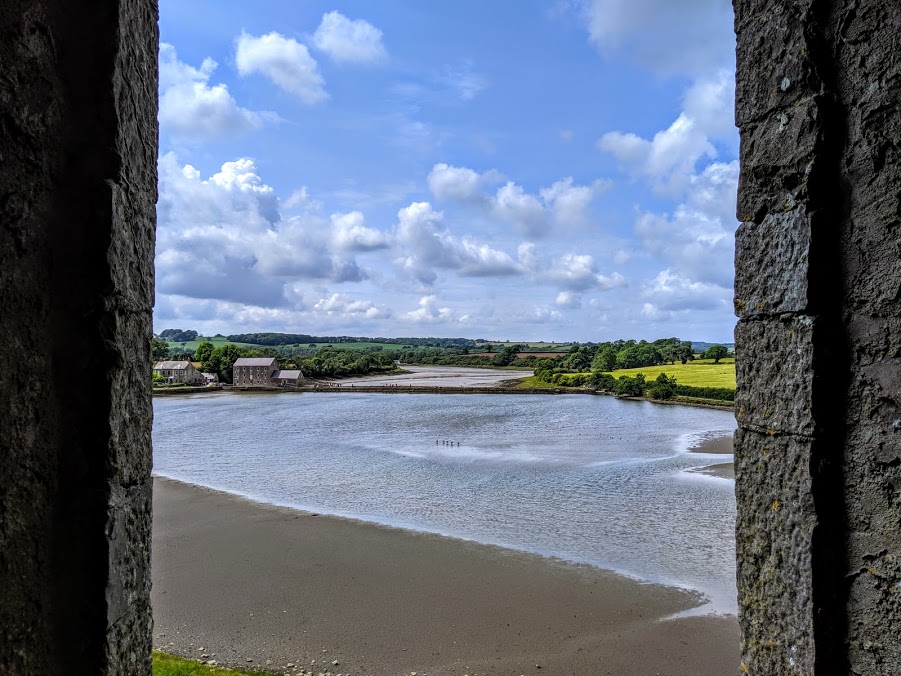
Eventually he killed Owain in battle and recaptured Nest along with the two children she had born in her time with Owain. But Gerald died in 1116 and Nest remarried shortly after, to Stephen, the castellan of Cardigan. Nest’s story has gone down in Welsh lore, and even after the passage of 900 years she is still regarded as ‘the most beautiful woman in Wales’, a sort of Welsh Helen of Troy.
By the 13th century it seems that a stone structure had replaced the earlier timber palisade. Certainly at least some of the castle was stone when King John briefly seized Carew on his way to Ireland in 1212. The Carew family retained ownership and rebuilt the castle to create the foundation of the fortress we can see today.
The man most responsible for the castle layout was Sir Nicholas de Carew. Three towers and the chapel survive from his 13th-century castle, but more obvious are the early Tudor additions of Sir Rhys ap Thomas, including the gatehouse. It was Thomas who held the last great Welsh tournament of arms here in 1507. When Rhys’s grandson was executed for treason by Queen Mary in 1558 the queen granted Carew to Sir John Perrot, who may have been an illegitimate son of Henry VIII.
Perrot set about converting the medieval castle into a luxurious mansion, fit for a Tudor gentleman of substance. His major contribution were the extraordinary series of large mullioned windows which give the castle an almost lace-like feel in places.
Parrot did not stay around to enjoy the beautiful structure he had created, for he was arrested on a charge of treason and confined in the Tower of London, where he died in 1592, ostensibly of natural causes. His son did not manage to stay out of trouble either. In 1583 he had eloped with Lady Dorothy Devereux, daughter of the 1st Earl of Essex.
They were married in a secret ceremony, but for his trouble, Perrot was sent to the Tower of London and was only released when Dorothy’s guardian, Lord Burghley, intervened on his behalf. Around 1686 the castle was abandoned, but it had long since ceased to have any military importance. It is now cared for by the Pembrokeshire Coast National Park, who also run the nearby tide mill (see below).
The windows are simply stunning; the size of the window openings is huge; they must have made the interior filled with light. And of course, large windows meant glass, which was a sign of wealth and ostentation. People were meant to be awed by the owner’s wealth and status. Please do take the time to examine the Celtic cross; it really is remarkable, and the Tidal Mill is well worth exploring.
There are two free parking areas, one just south of the castle, on the A4075, and one across the bridge and millpond a bit further north. The former is closer to the castle, but the latter gives you wonderful views across the millpond and a very enjoyable stroll to the tidal mill. I sometimes come here in the evening for a walk around the castle and mill pond. On a sunny summer evening it is a magical experience!

